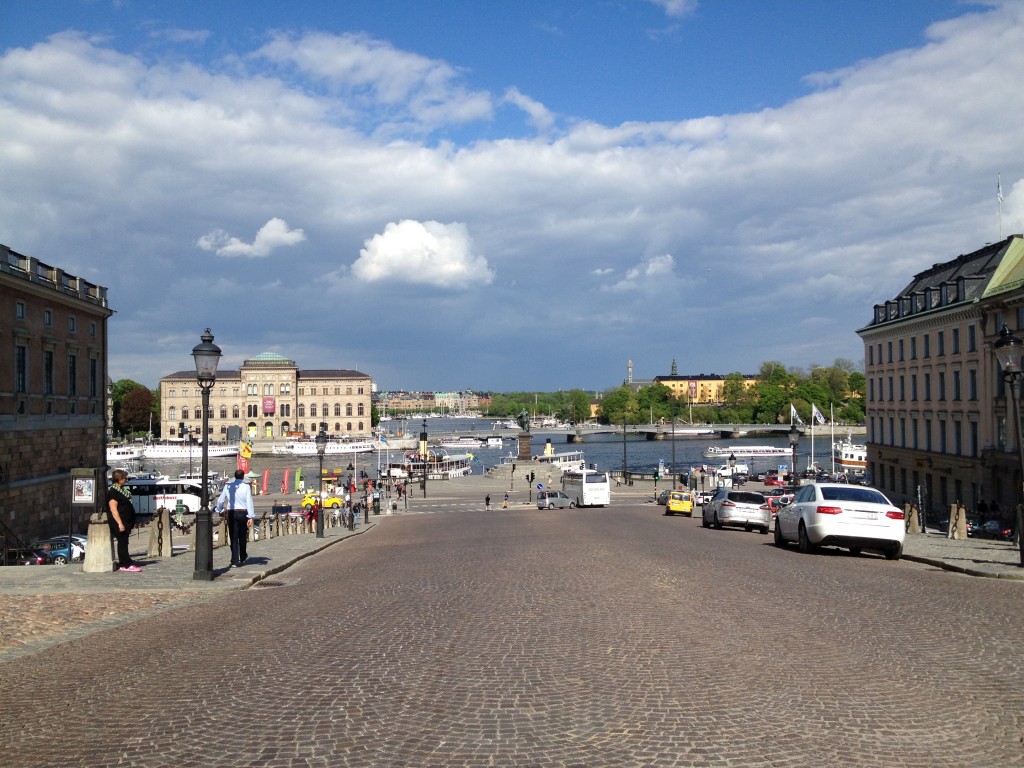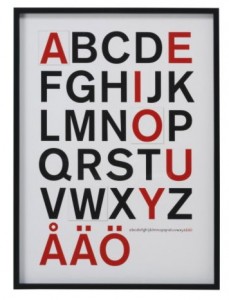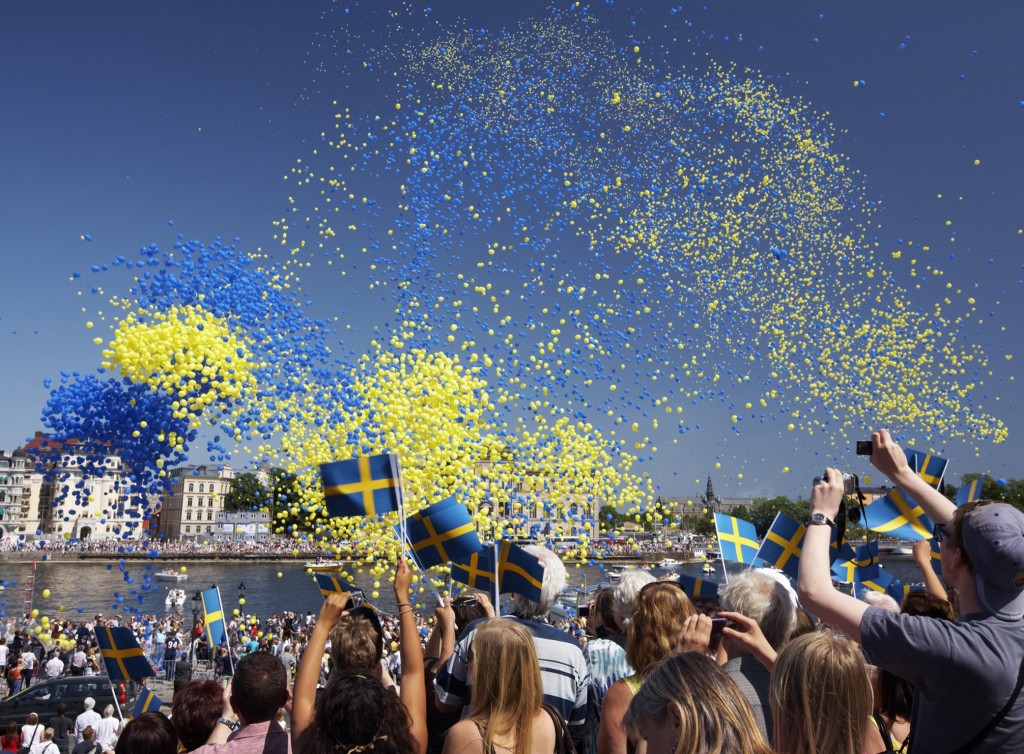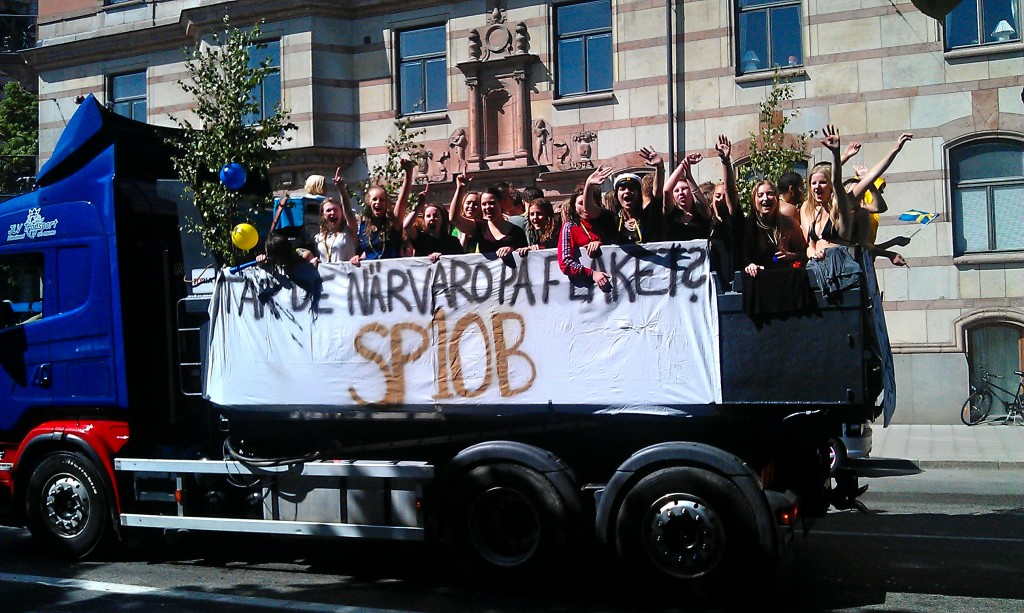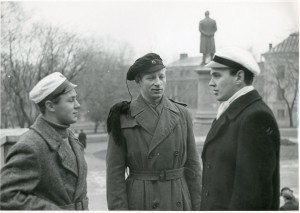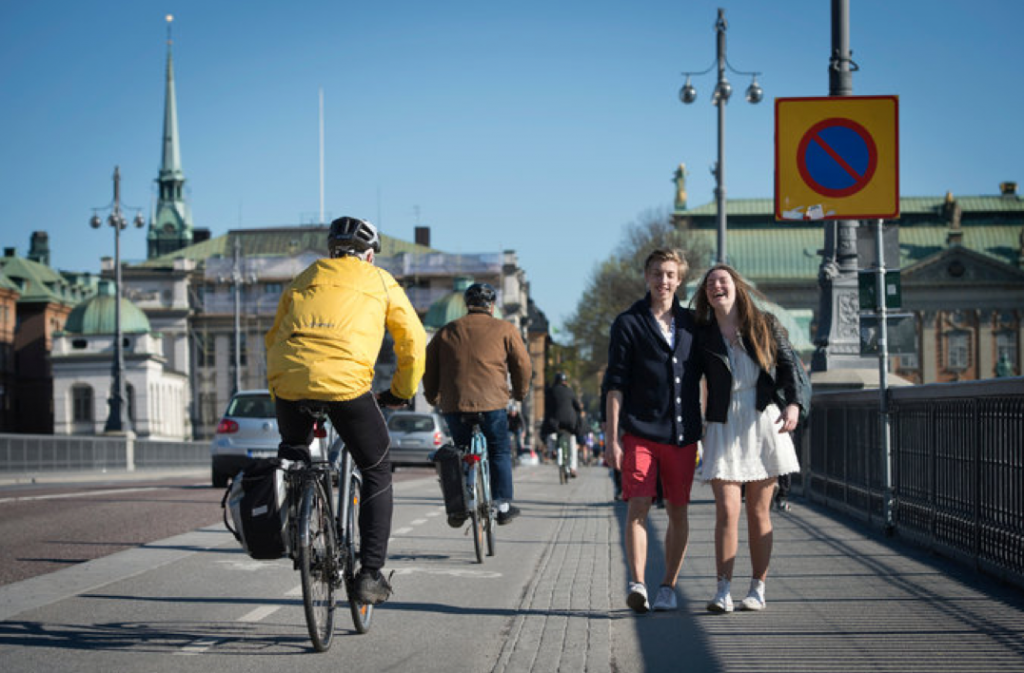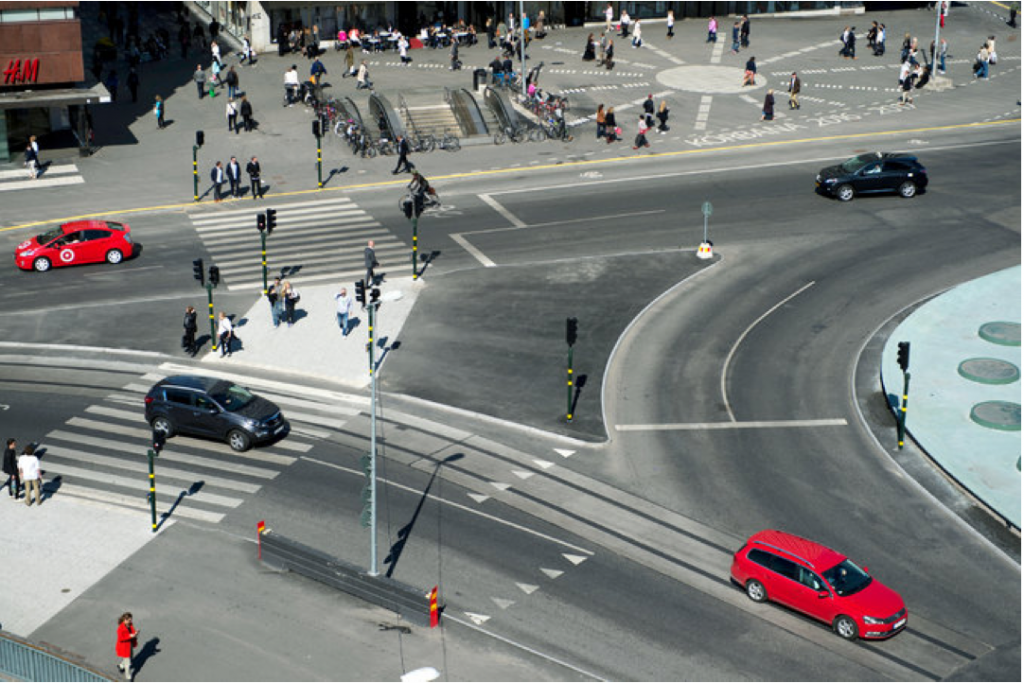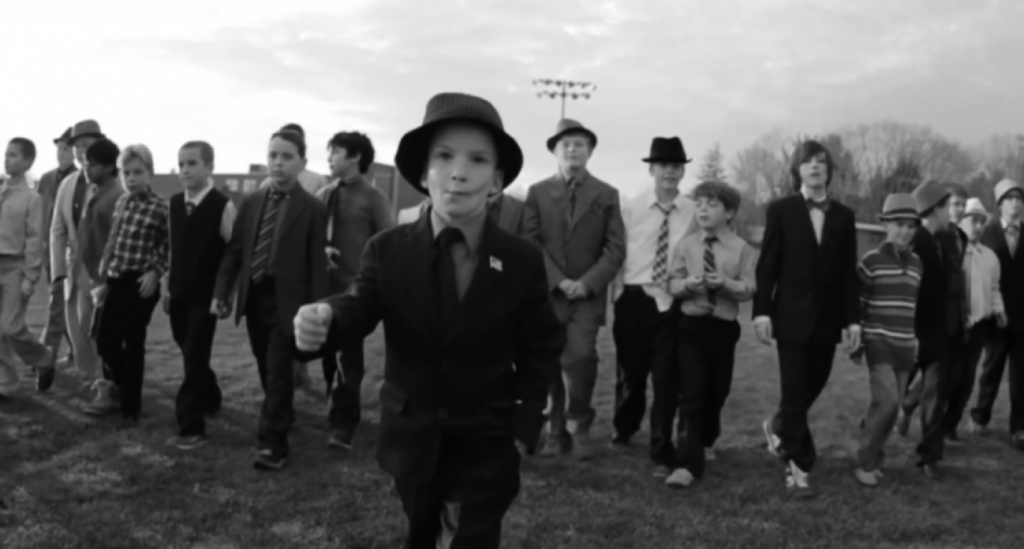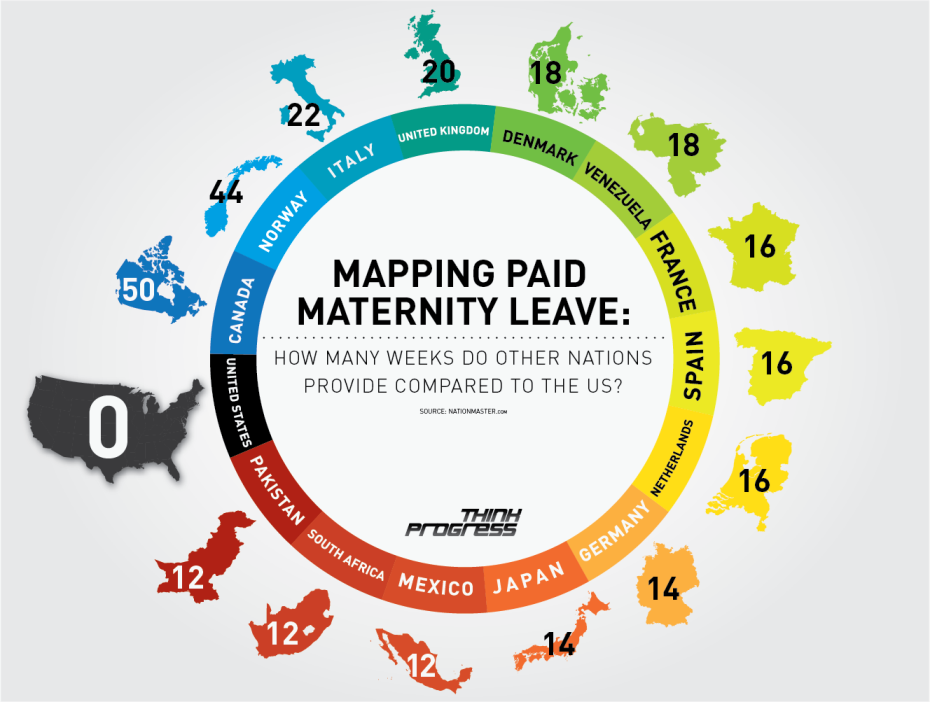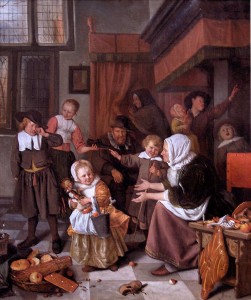A few weeks ago, there was a great This American Life episode called Americans in Paris. In Act 1, Ira Glass followed David Sedaris around his life as an ex-pat. It got me thinking about typical reputations of the French to American tourists (rude, mean, snobby) vs. Swedes (polite, friendly) – but then there’s the reality of what it’s like to actually try to move to one of those countries. I’ve never spent more than five days in Paris, but from what I’ve heard, once you get past the initial snobbery of the French, they’re fairly welcoming, whereas in Sweden, while everybody is polite, you might live here for years and years without actually making it past that initial friendly facade.
Here’s a hilarious tumblr I just discovered called An Immigrant in Sweden – from all accounts (mine and other non-Swedes who have been here longer than I have) it’s pretty much right on. If you have any curiosity about life in Sweden, it perfectly captures it.
In summary, here’s my own Top 10 Things to know about Living In Sweden:
- The winter is just as terrible as everybody says. The summer is amazing, or so I hear. If it ever arrives…
- It’s really, really hard to make friends.
- The produce all tastes like variations of iceberg lettuce.
- Want to go out to dinner in Sweden? I hope you’re rich. And that you really, really like meatballs, fish, potatoes, and/or cream sauce. On everything.
- The work week, vacation days, and health benefits are just as amazing as everybody says. You can even get compensated at work for exercising. As long as you can get a personnumber, a job, and a bank account. (Good luck with that.)
- It is not possible to live here without copious amounts of alcohol, coffee, cigarettes and/or sugar. Just give in. I never thought I’d say this, but I miss that healthy living in New York City.
- Yes, everyone speaks English. Better than you do, probably. But only if you start talking first, and the second you leave a conversation, everybody switches back to Swedish. Nothing is translated into English, including museum exhibitions, restaurant menus, bank websites, or massive delays or emergency shuttle-bus instructions on the train.
- Swedes eat with a fork and knife, all the time. Including pizza, hamburgers, and french fries. FRENCH FRIES.
- Everyone is beautiful. Like Bond Girl and/or Skarsgård and nobody ever talks to or makes eye contact with strangers. It’s like being a ghost in a world of supermodels.
- It is incredibly clean, insanely beautiful once the spring actually arrives, and all the buses and trains run like clockwork. All of which you forget to appreciate very quickly, until you remember how summer in Brooklyn sounds like sirens and helicopters and smells like cooking garbage and dog pee.
And that’s what it’s like to live in Sweden!

